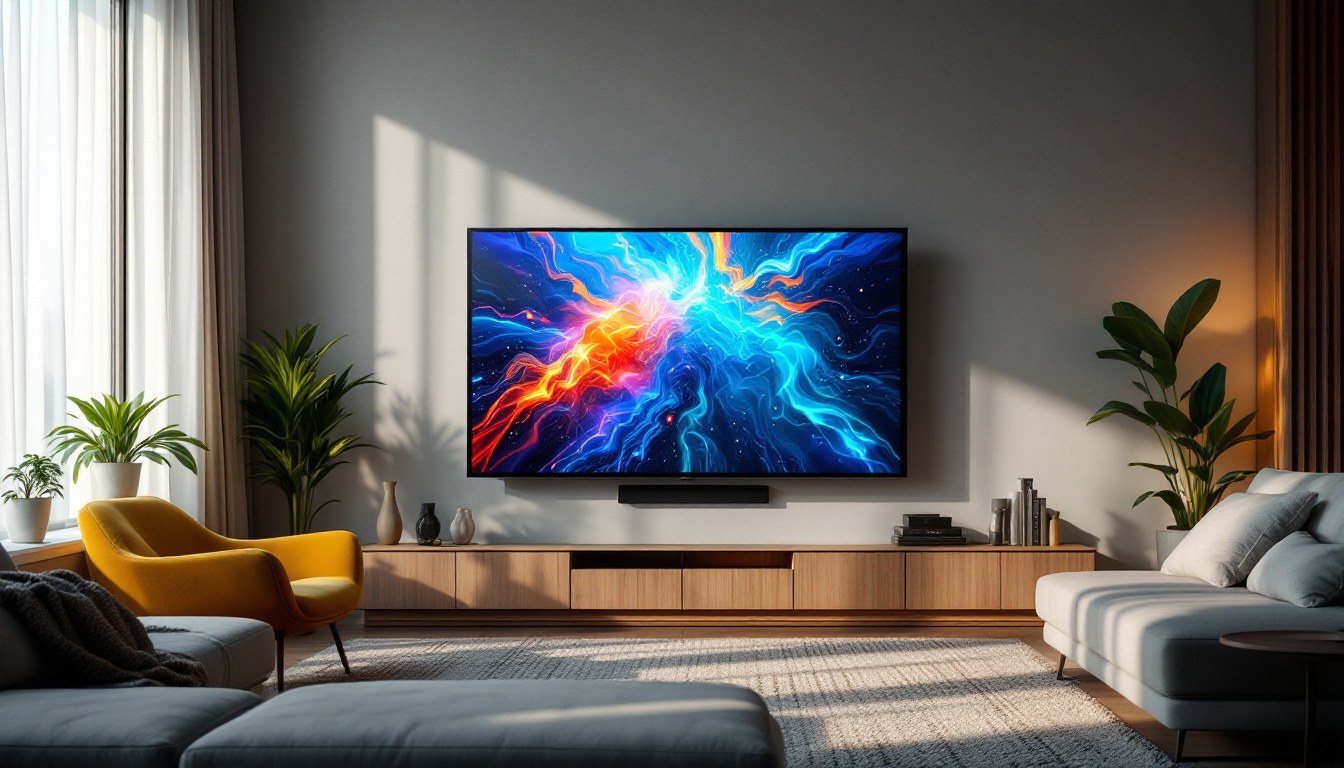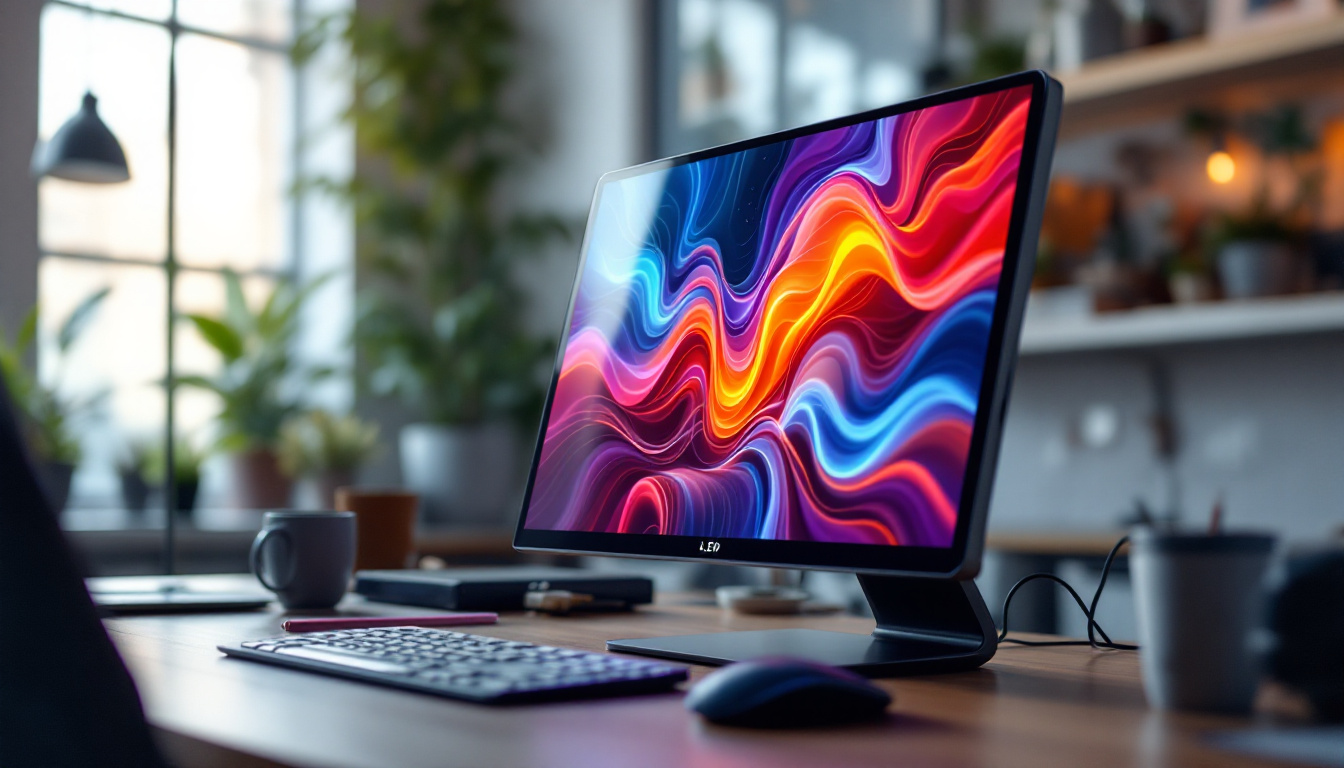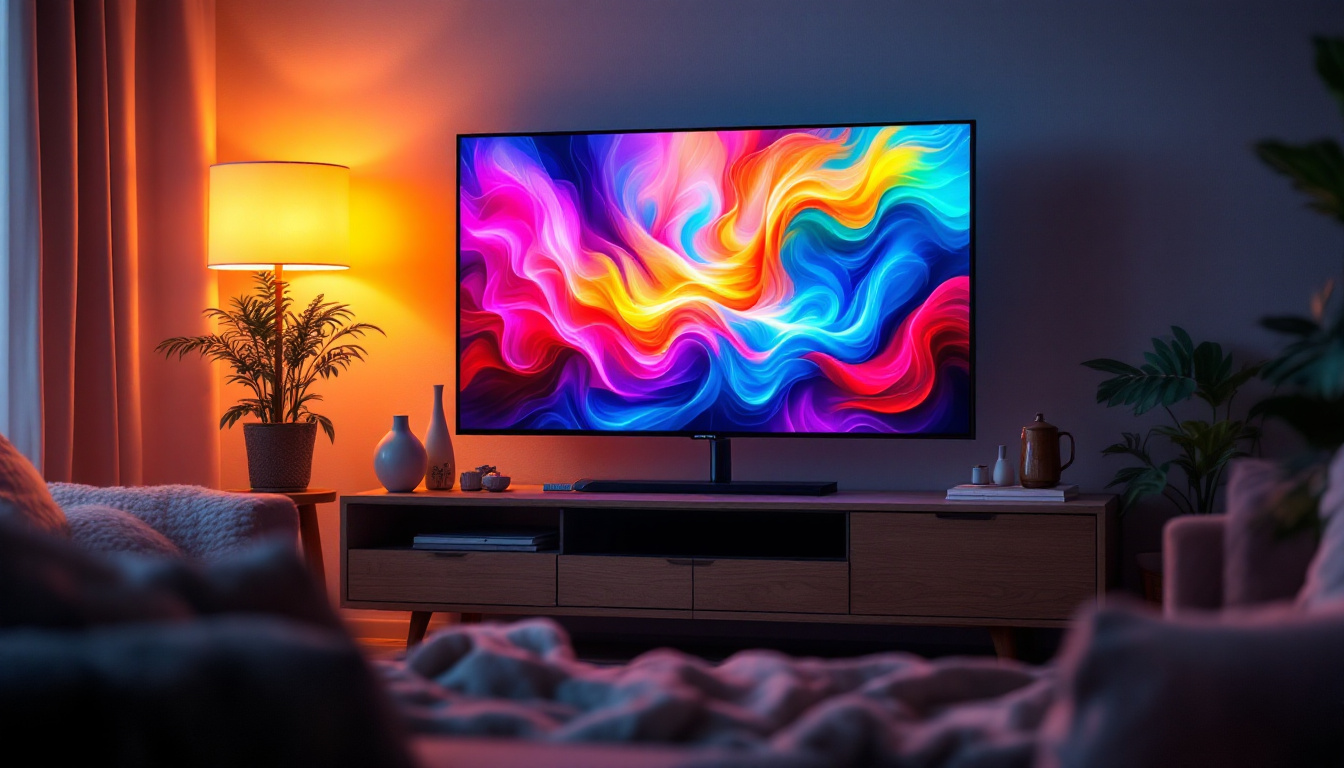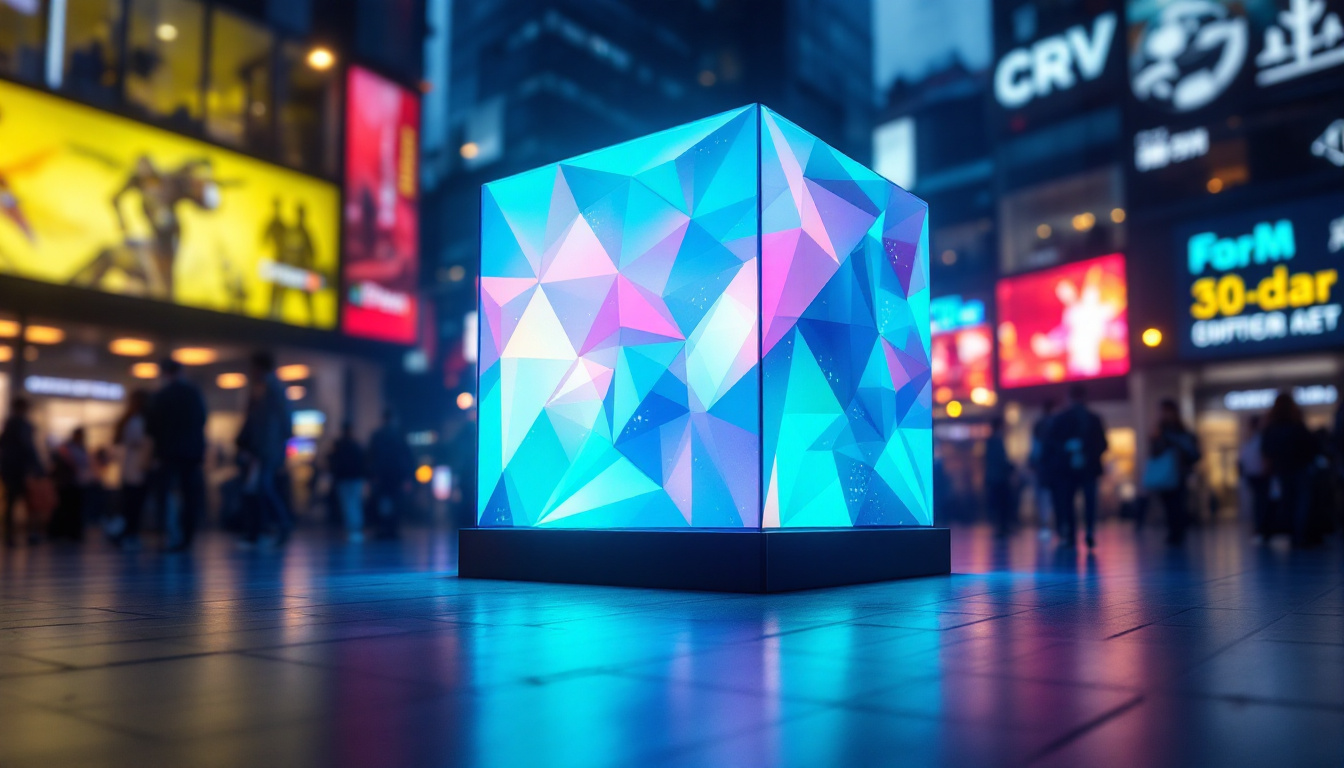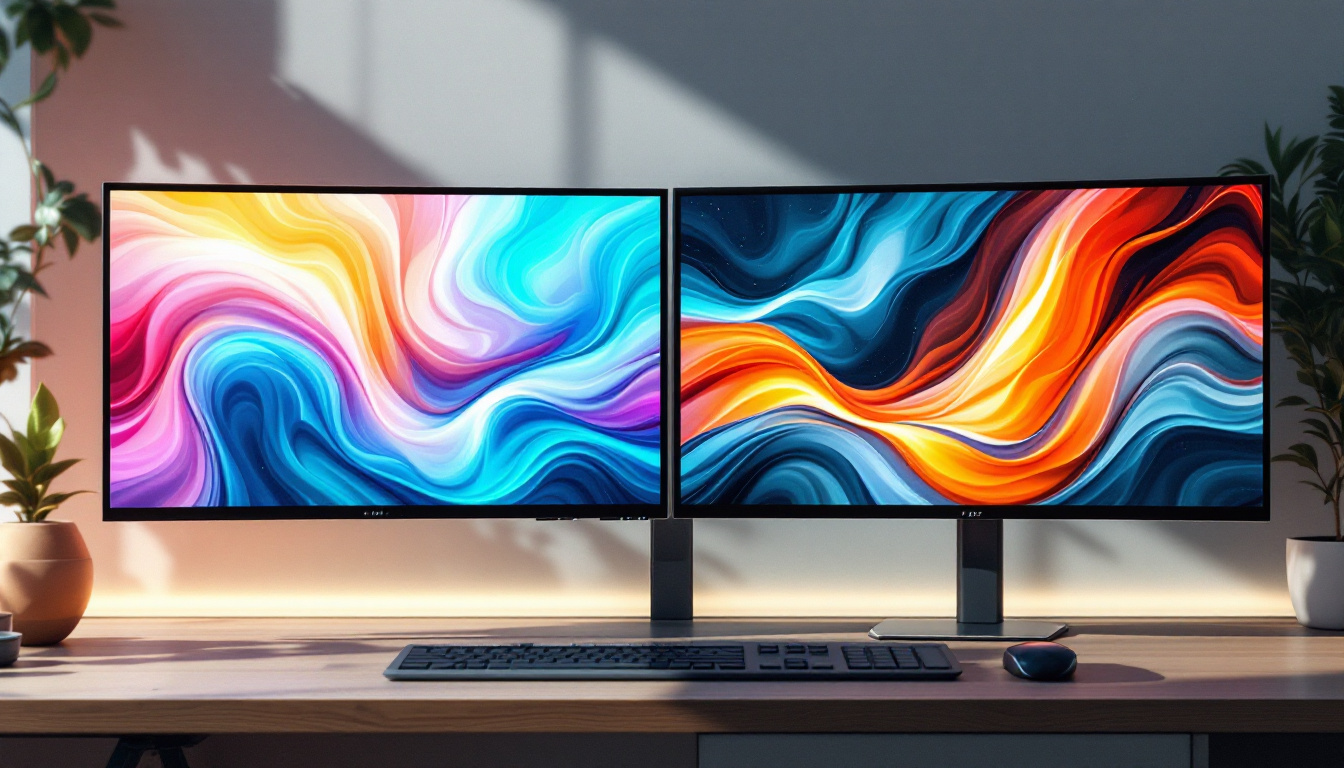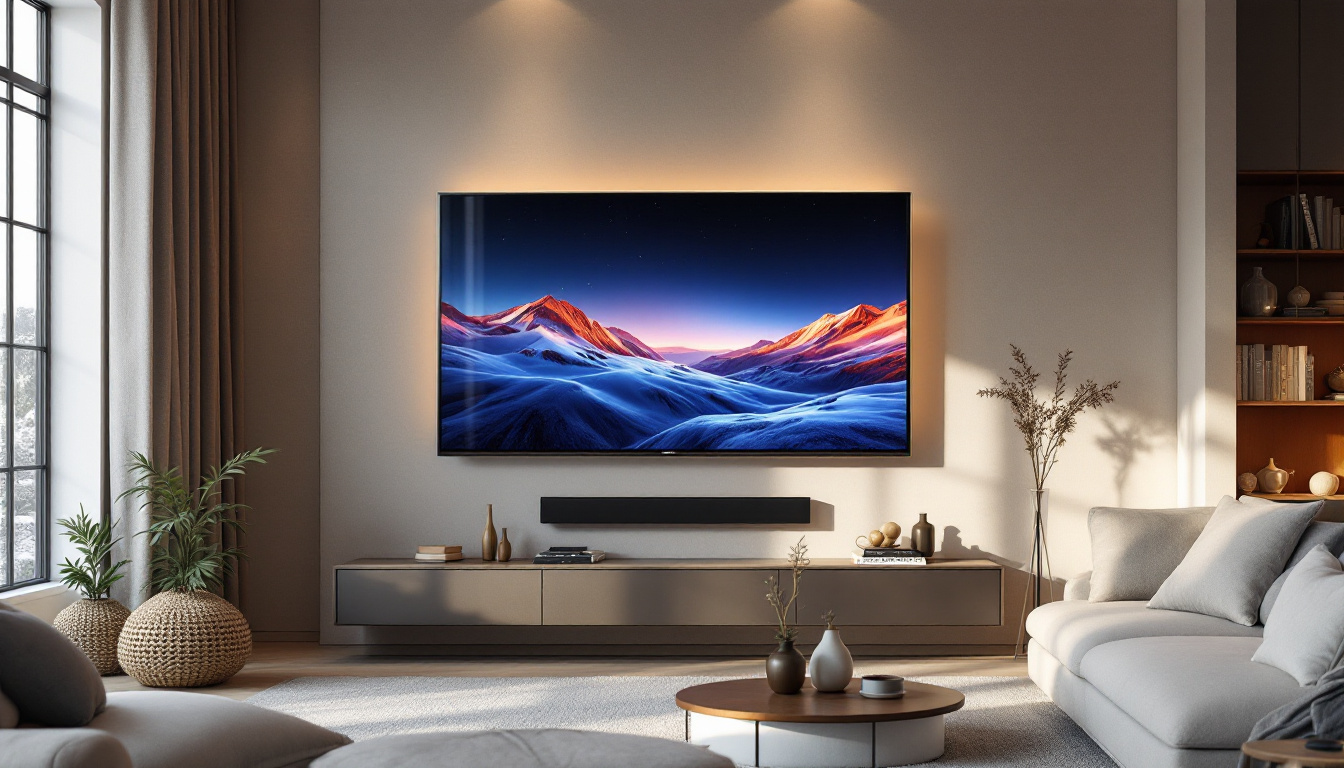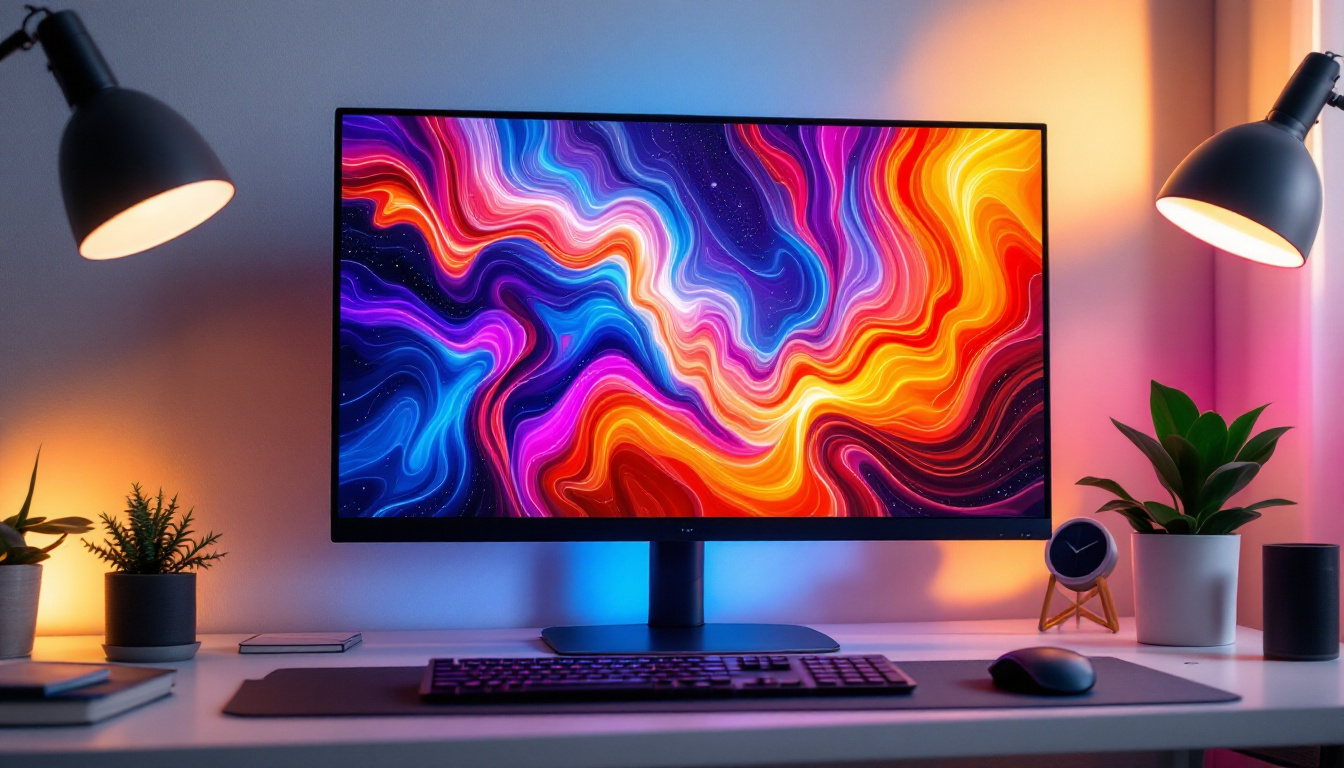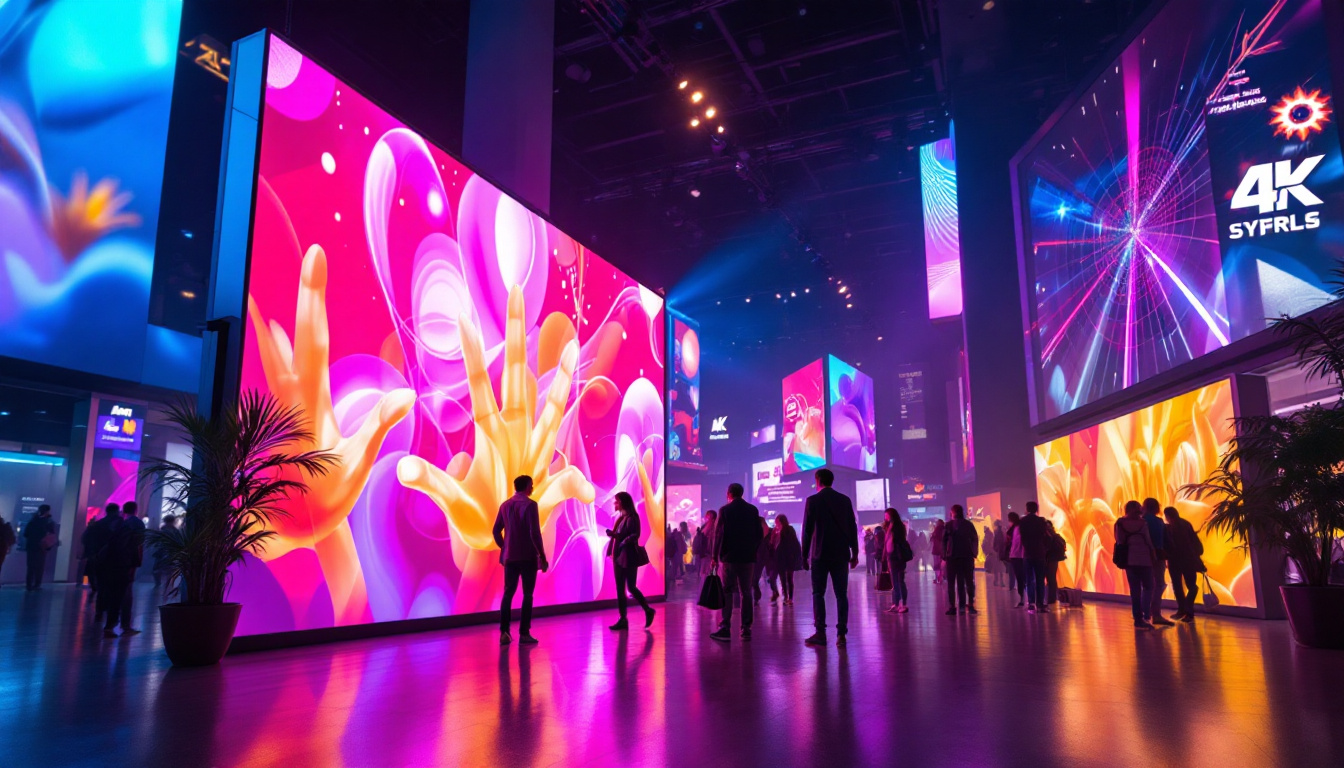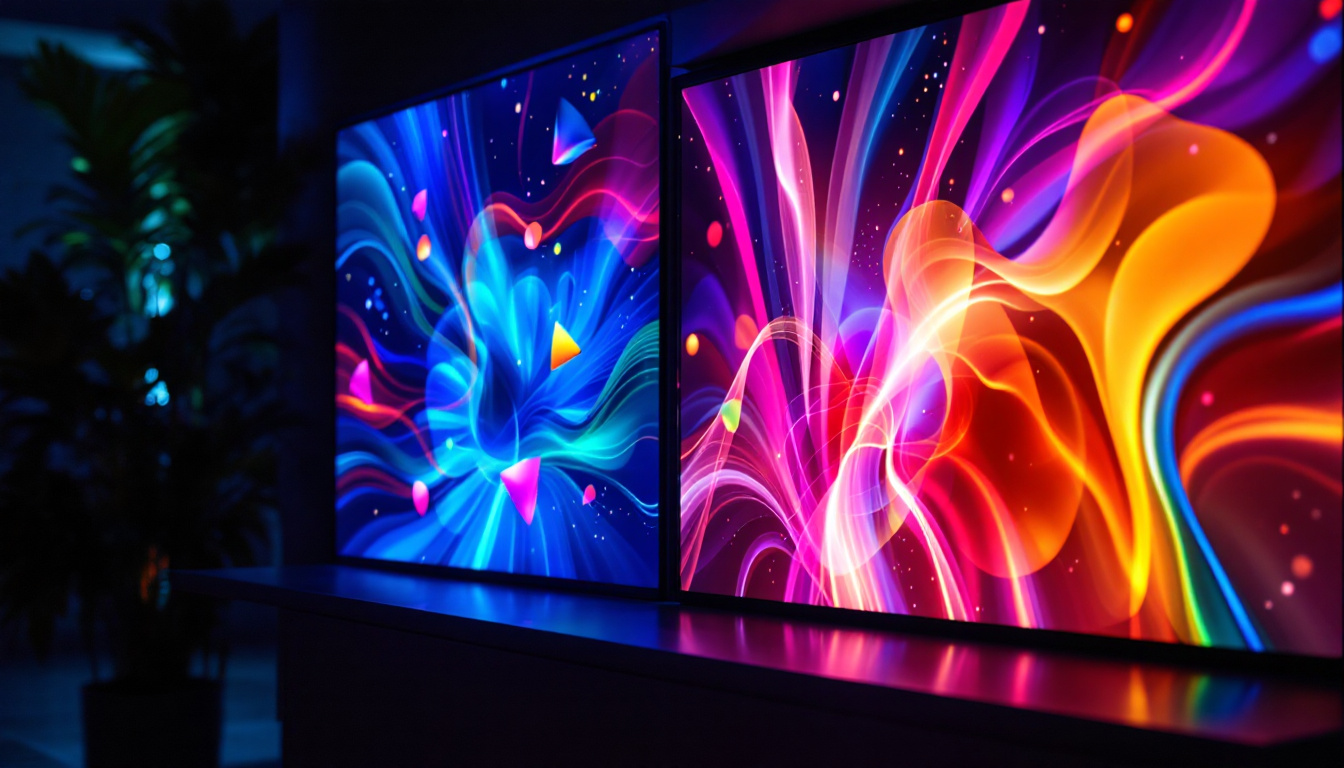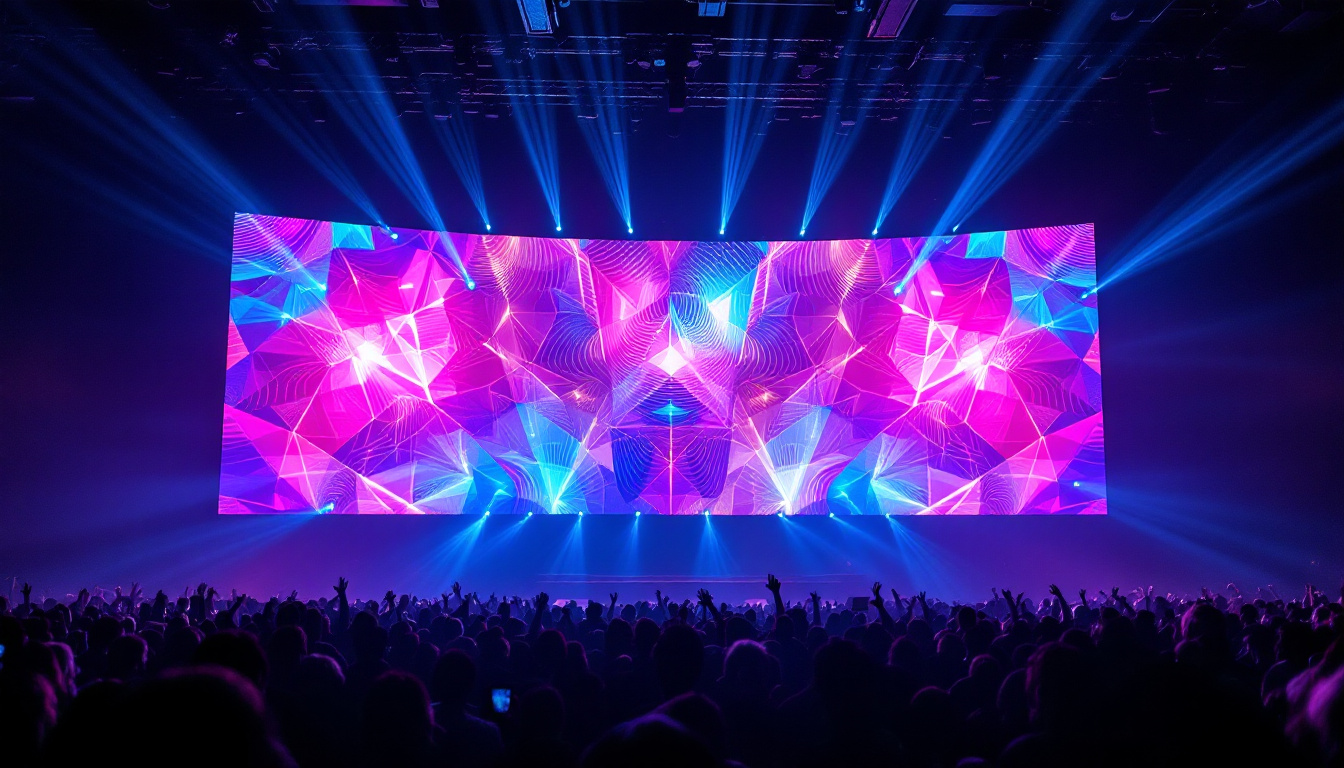Touch Screen For TV: LED Display Explained
In the rapidly evolving world of technology, the integration of touch screen capabilities into televisions has become a prominent trend. The combination of touch screen functionality with LED display technology offers users a unique and interactive viewing experience. This article delves into the intricacies of touch screens for TVs, particularly focusing on LED displays, their advantages, and how they enhance user interaction.
Understanding LED Display Technology
LED, or Light Emitting Diode, technology has transformed the way we view content on screens. Unlike traditional LCD screens that use fluorescent backlighting, LED displays utilize a series of tiny diodes that emit light, resulting in brighter images and better contrast ratios. This technology is not only energy-efficient but also offers a wider color gamut, enhancing the overall viewing experience.
How LED Displays Work
LED displays operate by employing an array of diodes that light up in response to electrical currents. These diodes can be arranged in various configurations, such as edge-lit or backlit, which influences the overall brightness and color accuracy of the screen. The pixels on the display are made up of red, green, and blue diodes that combine to produce a full spectrum of colors, allowing for vivid and lifelike images.
Additionally, modern LED displays often incorporate technologies like local dimming, which enhances contrast by adjusting the brightness of specific areas on the screen. This feature is particularly beneficial for viewing darker scenes, as it prevents light bleed and improves overall image quality. Furthermore, advancements in LED technology have led to the development of OLED (Organic LED) displays, which offer even deeper blacks and a more dynamic range of colors by using organic compounds that emit light. This innovation has pushed the boundaries of display technology, providing consumers with options that cater to both casual viewers and professional content creators.
Benefits of LED Displays
The advantages of LED display technology extend beyond mere aesthetics. One of the most significant benefits is energy efficiency. LED screens consume less power compared to their LCD counterparts, making them a more sustainable choice for consumers. Furthermore, the longevity of LED displays is noteworthy; they typically have a longer lifespan, reducing the need for frequent replacements. This durability is particularly appealing in commercial settings, where displays are often in use for extended periods, thus translating to lower maintenance costs over time.
Another key benefit is the slim profile of LED displays, allowing for sleek and modern designs that fit seamlessly into any living space. This aesthetic appeal, combined with high-quality visuals, makes LED TVs a popular choice among consumers. Additionally, many LED displays now come equipped with smart technology, enabling features like streaming services, voice control, and integration with smart home systems. This connectivity not only enhances user experience but also positions LED displays as multifunctional devices that go beyond traditional viewing, making them central hubs for entertainment and information in the modern home.
Touch Screen Technology: An Overview
Touch screen technology has revolutionized the way users interact with electronic devices. By allowing direct interaction with what is displayed on the screen, touch screens eliminate the need for traditional input devices like remote controls or keyboards. This technology has found its way into various devices, from smartphones to tablets, and now, televisions.
Types of Touch Screen Technologies
There are several types of touch screen technologies, each with its advantages and disadvantages. The most common types include resistive, capacitive, and infrared touch screens. Resistive touch screens work by detecting pressure applied to the screen, making them suitable for environments where users may wear gloves. Capacitive touch screens, on the other hand, rely on the electrical properties of the human body and provide a more responsive experience, making them ideal for consumer electronics.
Infrared touch screens utilize a grid of infrared beams to detect touch, allowing for multi-touch capabilities and greater durability. Each of these technologies has its unique applications, and the choice often depends on the intended use of the device. For instance, while resistive screens are often found in industrial settings due to their robustness, capacitive screens dominate the consumer market due to their sleek designs and superior responsiveness. Additionally, emerging technologies like optical touch screens are gaining traction, offering even more versatility by using cameras to detect touch, which can lead to innovative applications in augmented reality and gesture recognition.
Advantages of Touch Screens for TVs
Integrating touch screen technology into televisions offers numerous advantages. One of the primary benefits is the enhanced user experience. With touch capabilities, users can navigate menus, select content, and adjust settings with simple gestures, making the interaction more intuitive and engaging.
Moreover, touch screens can facilitate interactive applications, such as gaming or educational programs, allowing for a more immersive experience. This interactivity can enhance family bonding, as multiple users can engage simultaneously, fostering collaboration and shared enjoyment. Furthermore, the potential for personalized content delivery is significant; touch screens can adapt to user preferences and habits, suggesting shows or movies based on previous interactions. This level of customization not only streamlines the viewing experience but also encourages exploration of new content, making it easier for users to discover hidden gems in the vast array of available media.
Additionally, touch screen TVs can incorporate features such as voice recognition and gesture control, which further enhance usability. Imagine a family gathered around the television, effortlessly swiping through options or using voice commands to find their favorite shows. This seamless integration of various input methods not only simplifies the user interface but also caters to different preferences and accessibility needs, ensuring that everyone can enjoy the technology without barriers. As touch screen technology continues to evolve, it promises to redefine our interaction with entertainment systems in ways we are only beginning to explore.
Combining Touch Screen and LED Display Technologies
The fusion of touch screen technology with LED displays creates a powerful platform for modern televisions. This combination not only enhances the visual quality but also transforms how users engage with their content. The result is a more dynamic and versatile viewing experience.
Applications in Home Entertainment
In the realm of home entertainment, touch screen LED TVs offer a myriad of applications. Users can effortlessly browse streaming services, access social media, or play games, all through a user-friendly interface. The ability to swipe, pinch, and tap on the screen makes navigation seamless and enjoyable.
Furthermore, many touch screen LED TVs come equipped with smart features, allowing users to control other smart devices in their home, such as lights and thermostats, directly from their TV. This integration enhances the convenience of modern living, making it easier to manage various aspects of home automation.
Educational and Professional Uses
Touch screen LED displays are not limited to home entertainment; they are also finding applications in educational and professional settings. In classrooms, teachers can utilize these screens to create interactive lessons, engage students, and facilitate group work. The tactile nature of touch screens encourages participation, making learning more effective.
In professional environments, touch screen LED displays can be used for presentations, video conferencing, and collaborative projects. The ability to annotate directly on the screen allows for real-time feedback and brainstorming, enhancing productivity and communication among team members.
Considerations When Choosing a Touch Screen LED TV
When selecting a touch screen LED TV, several factors should be taken into account to ensure the best fit for individual needs. Understanding these elements can help consumers make informed decisions.
Screen Size and Resolution
The size of the screen is a crucial consideration, as it can significantly impact the viewing experience. Larger screens are generally more immersive, especially for gaming or movie watching. Additionally, resolution plays a vital role in image quality. Higher resolutions, such as 4K or even 8K, provide sharper and more detailed images, enhancing the overall experience.
Consumers should also consider the viewing distance when selecting screen size and resolution. A larger screen may be necessary for larger rooms, while smaller screens may suffice for compact spaces.
Touch Sensitivity and Responsiveness
Not all touch screens are created equal; therefore, evaluating touch sensitivity and responsiveness is essential. A responsive touch screen will provide a smoother and more enjoyable experience, allowing users to navigate effortlessly. Testing the screen in-store can help gauge its performance before making a purchase.
Additionally, features such as multi-touch capabilities can enhance the experience, particularly for interactive applications. A touch screen that supports multiple simultaneous touches can be beneficial for group activities or gaming.
Future Trends in Touch Screen LED Technology
The future of touch screen LED technology looks promising, with continuous advancements on the horizon. As technology evolves, several trends are expected to shape the future of touch screen TVs.
Advancements in Display Quality
Future touch screen LED displays are likely to see improvements in display quality, with developments in OLED (Organic Light Emitting Diode) technology gaining traction. OLED screens offer superior contrast ratios and color accuracy compared to traditional LED displays, making them an attractive option for high-end televisions.
Additionally, advancements in resolution, such as 8K displays, will provide even more detailed visuals, enhancing the viewing experience for consumers who prioritize image quality.
Enhanced Interactivity
As touch screen technology continues to evolve, the level of interactivity is expected to increase. Future touch screen LED TVs may incorporate advanced features such as gesture recognition, voice control, and augmented reality capabilities. These innovations will further enhance user engagement, making the viewing experience more immersive and interactive.
Moreover, the integration of artificial intelligence could lead to personalized viewing experiences, with TVs adapting to individual preferences and habits, ultimately creating a more tailored entertainment environment.
Conclusion
The integration of touch screen technology with LED displays has opened up a new realm of possibilities for television viewing. With enhanced interactivity, improved visuals, and versatile applications, touch screen LED TVs are poised to become a staple in modern homes and professional environments alike. As technology continues to advance, consumers can look forward to even more innovative features that will redefine how they engage with their screens.
Whether for entertainment, education, or professional use, touch screen LED TVs offer a dynamic and engaging experience that caters to the needs of today’s tech-savvy consumers. As the landscape of television technology evolves, staying informed about these advancements will empower consumers to make choices that best suit their lifestyles.
Discover the Future of Touch Screen LED TVs with LumenMatrix
Ready to experience the ultimate in touch screen LED display technology? LumenMatrix is at the forefront of creating immersive visual experiences that bring your content to life. From the comfort of your home to the buzz of a professional setting, our extensive range of innovative LED display solutions, including Indoor and Outdoor LED Wall Displays, Vehicle LED Displays, and more, are designed to meet your every need. Embrace the future of television and visual communication with LumenMatrix’s cutting-edge technology. Check out LumenMatrix LED Display Solutions today and transform the way you see, touch, and interact with the digital world.

